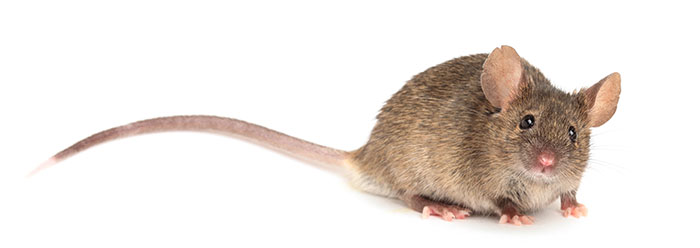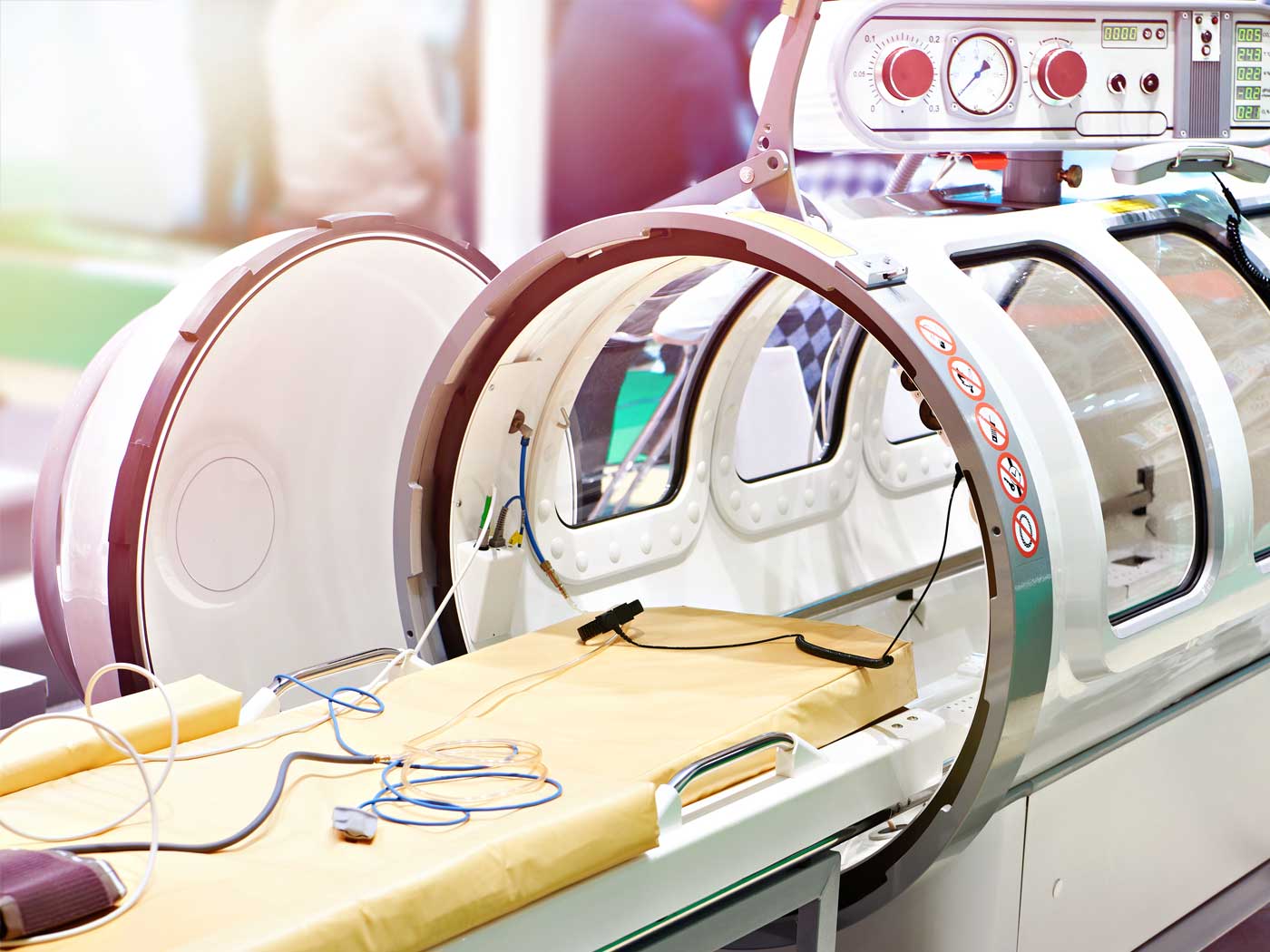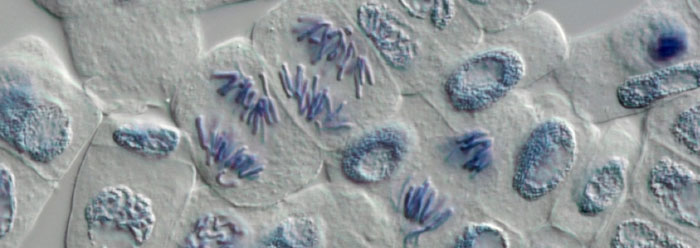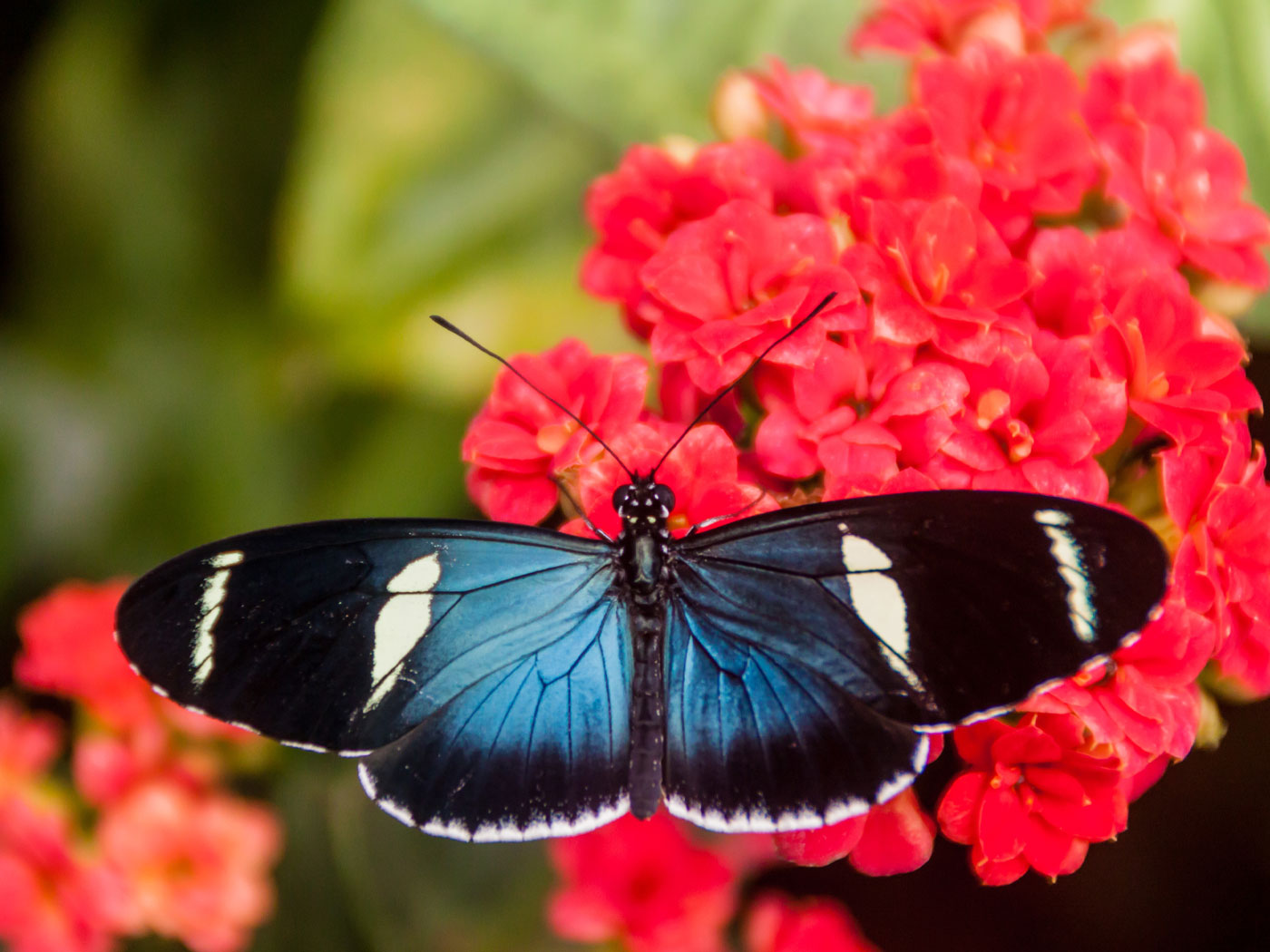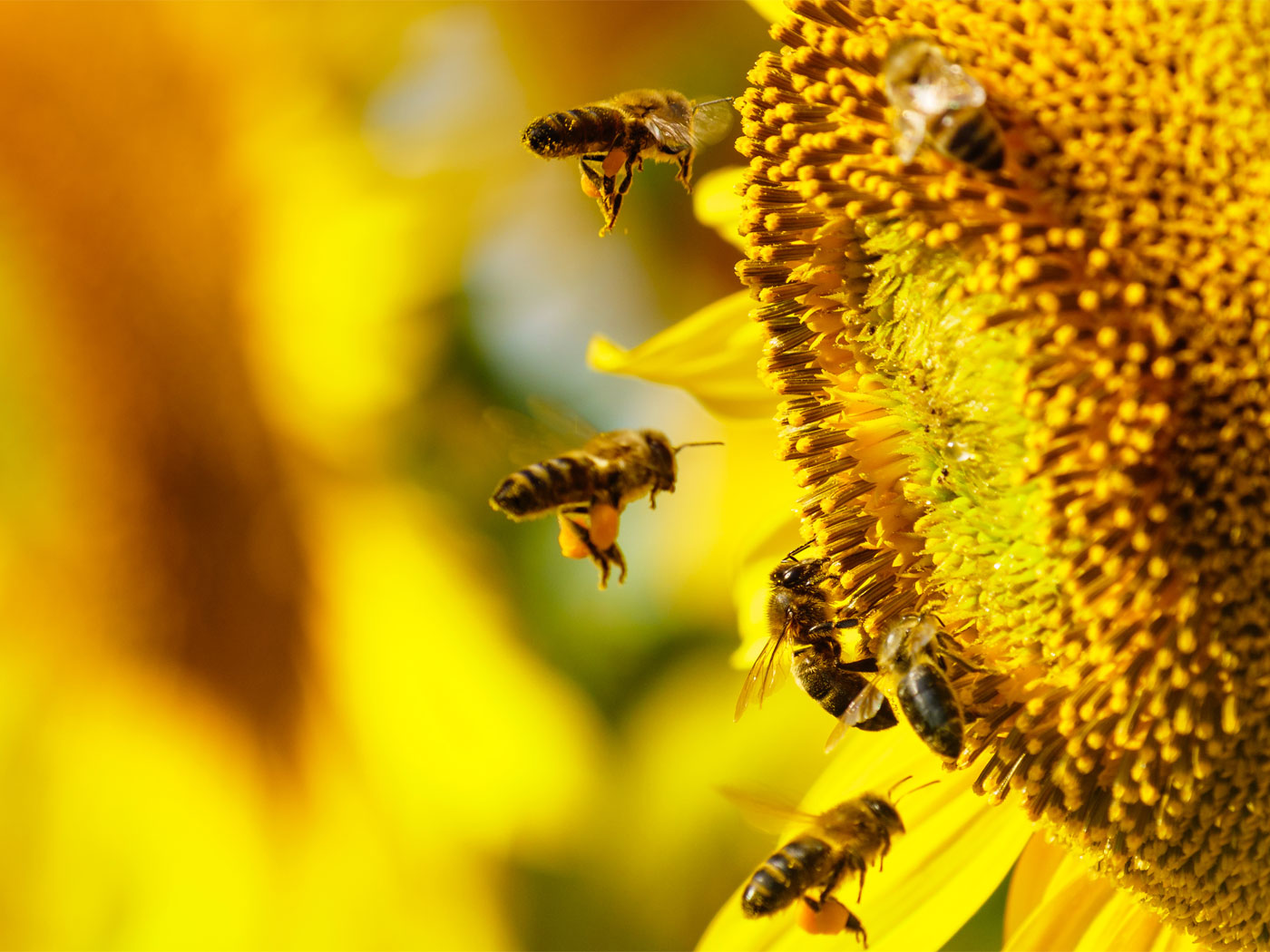Scientists purposefully made mice sick to test how the creatures’ intestines—and the microbes they harbor—would react. They discovered details behind a remarkable relationship that, when working well, keeps both parties healthy.
Intestinal germs form part of a complicated digestive system, with different species lining up in ordered but dynamic layers to help break down food products so the host can more efficiently absorb nutrients.1 In exchange, these helpful microbes get a nice place to live. But what happens when illness threatens this well-lubricated microbial machinery?
Scientists publishing in Nature found that during illness, mouse intestines manufacture a special food for their bacteria.2 Without this sugary food source—called fucose—sick mice may lose their helpful microbes.3
The researchers genetically engineered mice without the gene that makes fucose, and compared those creatures’ ability to recover from illness with that of normal mice. University of Chicago Medical Center news wrote, “Only mice with both intact gut microbiota and the ability to produce fucose recovered efficiently.”4 Mice that could not feed their friendly germs lost more weight and took longer to recover that weight after the illness passed.
How do microbes help the mice? A healthy gut microbiota repels pathogens. With unhealthy microbiota, pathogens can land on intestinal real estate and the sick mouse likely gets sicker, or at the very least takes longer to rebound.
It makes sense for the host to keep its microbes happy and healthy—but how did mouse cells ever figure that out? Small intestine tissue produces fucose that travels down to the large intestine, where more microbes hang out. It looks like somebody was thinking ahead when they designed this remarkable system.
And how did gut bacteria figure out how to help one another? This Nature study found that one species of bacteria accesses the mouse-made fucose and makes it available for other bacterial species. Its authors wrote, “These findings made it clear that fucose can serve as a substrate [food source] for the microbiota under conditions of stress applied to the host, and underscored the interdependence between members of the gut microbial community.”2
Not only do these different gut bacteria depend on each other, but this study confirmed interdependence between mammal and microbe.
Mouse gets sick. Mouse makes fucose to feed friendly bacteria. Bacteria block pathogens from accessing mouse tissue. Mouse recovers fast. Bacteria help the mouse, and the mouse gives bacteria a place to stay. Could anything but intentional design reasonably explain this kind of elaborate cooperation?5
Here in this microscopic world within mouse intestines, precisely designed enzymes and transporter proteins anticipate the needs of two totally different organisms. This amazing display of creation confirms that germs and intestines were made for each other.
References
- Anderson, K. L. 2003. The complex world of gastrointestinal bacteria. Canadian Journal of Animal Science. 83 (3): 409-427.
- Pickard, J. M. et al. Rapid fucosylation of intestinal epithelium sustains host-commensal symbiosis in sickness. Nature. Published online before print, October 1, 2014.
- The study authors also noted that 20 percent of humans lack the gene that codes for fucose-producing enzyme, all of which is linked to Crohn’s disease. It appears human gut microbiota functions much like that in mice.
- Gut Bacteria Are Protected by Host During Illness. University of Chicago Medicine press release. Posted on uchospitals.edu October 2, 2014, accessed October 2, 2014.
- See also Thomas, B. 2013. Interdependence: A Conversation Starter. Acts & Facts. 42 (10): 13.
* Mr. Thomas is Science Writer at the Institute for Creation Research.
Article posted on October 8, 2014.




